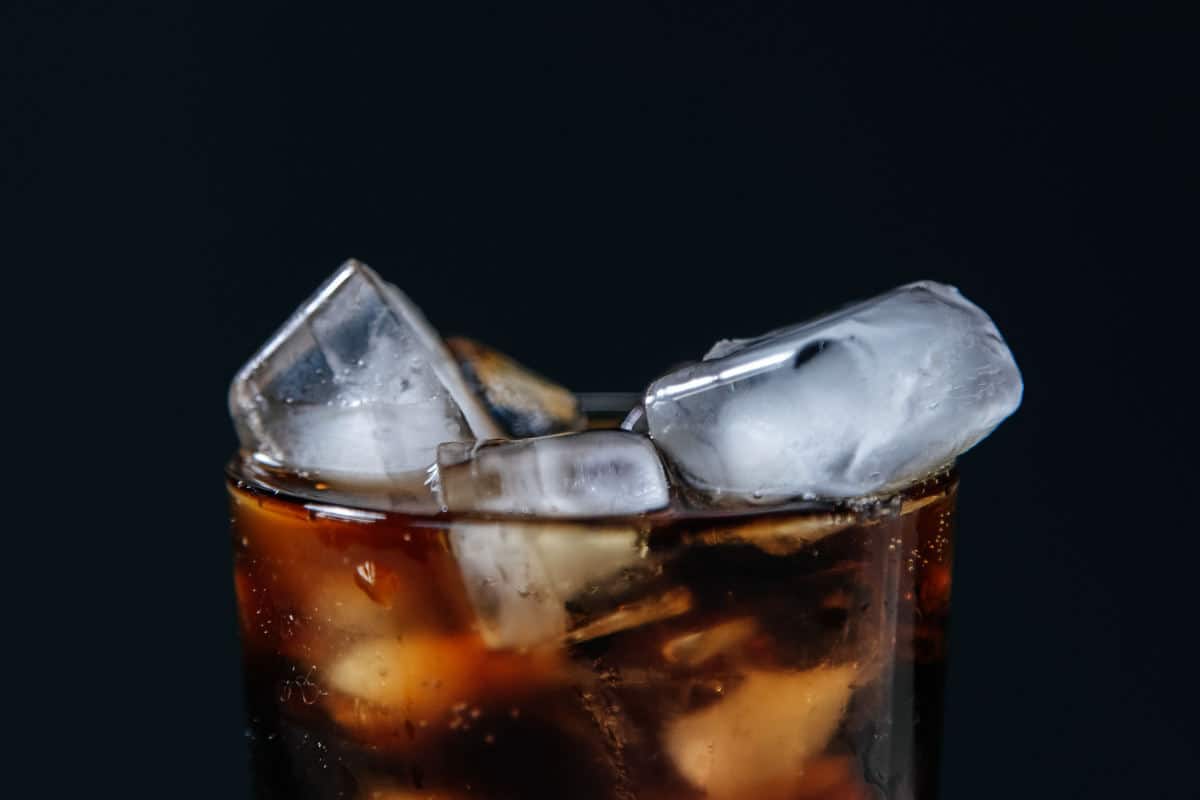
Despite urgent advice to minimize soft drinks, global consumption has been rising for more than 50 years. Scientists figured out why.
On a sweltering day on the terrace it is sometimes wonderfully refreshing: an ice cold coke. Most also like other soft drinks, such as orange, 7-up, tonic and bitter lemon. However, these drinks are not healthy. Despite urgent advice to minimize the consumption of such carbonated soft drinks, global consumption has been on the rise for more than 50 years. But why? And what can we do about it?
Excessive consumption
Of course, a refreshing coke every now and then can’t hurt. But if you really consume soft drinks too often, this can indeed entail health risks. Soft drinks contain a lot of sugar and therefore a lot of calories. “Drinking a lot of soft drinks increases the risk of obesity, type 2 diabetes and has been associated with poorer academic performance in previous studies,” study researcher Joshua McGreen said. Scientias.nl. In addition, the acids in soft drinks are bad for your teeth and you are more likely to get cavities.
What is too much?
Partly for these reasons, the general advice is not to drink ‘too much’ soft drinks. Where exactly is the border? The WHO recommends consuming no more than 25 grams of added sugars (that’s about six teaspoons) per day. And you soon get there. “One can of Coke, for example, already contains 39 grams of sugar,” says McGreen. “So even one coke actually already exceeds this daily recommended amount.”
Rising consumption
Still, sales of carbonated drinks worldwide continue to rise. Apparently, despite the growing range of healthier drinks, we still find it difficult to choose the latter. But why? An important question to answer. Because in order to come up with options for halting the rising trend, we first need to know what precedes that choice for soft drinks. “In our study, we therefore explored the possible mechanism underlying soft drink consumption,” said McGreen.
Research
The team decided to study the soda consumption of 120 college students between the ages of 17 and 25. A logical choice. Young adults in this age group are the main consumers of soft drinks. 81 of participants were female, 38 male.
Two things
The research team discovered that there are actually two things underlying their choice of soft drinks. “We found that a subconscious, positive assessment of so-called ‘soda cues’ was associated with consuming more soda,” says McGreen. In other words, a likely factor contributing to the increase in soft drink consumption may be repeated exposure to certain ‘signals’. Soft drinks, for example, are available in large numbers on the market and are actually for sale or available everywhere. Think, for example, of supermarkets, convenience stores, candy vending machines or in gas stations.
In addition, some soft drinks have a young and cool image. “Marketing campaigns, for example, associate soft drinks with positive emotions, such as ‘being cool’, ‘having fun with friends’ or even ‘happiness,’” says McGreen. As a result, the students actually automatically made a positive judgment about soft drinks. “We also found that poor self-regulatory, inhibitory control influenced soft drink choice,” McGreen continues. “But this only applied to men.”
What to do?
The question now is what we can do about the increasing sales of soft drinks. An often mentioned approach is levying a sugar tax. Yet McGreen is not tackling. “I don’t know if there’s a best way to reduce soda consumption right now,” he says. “While taxing soft drinks is one strategy, it does not address the underlying mechanisms that drive soft drink consumption, nor does it enable individuals to regulate their own consumption behaviour. That is why we are now investigating other possible methods to reduce the consumption of soft drinks.”
According to the researchers, the study bring us closer to finding new and accessible methods to lend a helping hand to consumers who are actively trying to limit their soda intake. “The results show the two main goals for reducing soda consumption,” says McGreen. “It mainly concerns reducing positive assessment and strengthening self-regulatory control.” The researchers plan to expand their study next year and continue to look for targeted interventions. “Maybe there’s a role for user-friendly mobile apps in that,” McGreen concludes.
Source material:
“Soft drinks’ sweet appeal” – Flinders University
Interview with Joshua McGreen
Image at the top of this article: Ron Lach via Pexels